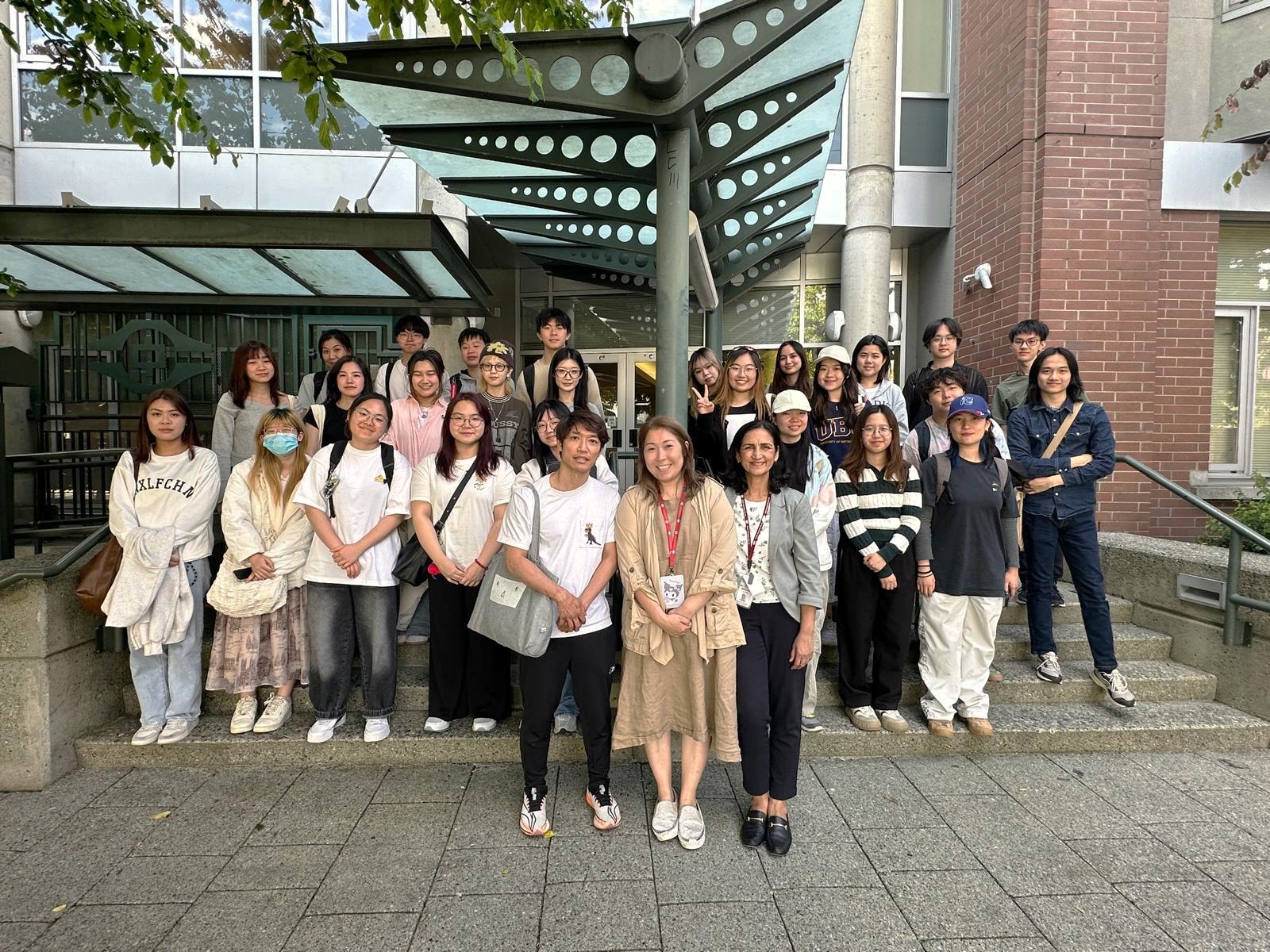Towards Health Equity in the LGBTQ2S+ Community: Considerations for Social Work Practice and Creating LGBTQ2S+-Positive Spaces
Submission to The Social Lens: A Social Work Action Blog by John Segui, Social Worker at BC Children’s Hospital.
With Pride Week approaching in Vancouver in July, it is a season that brings together a diverse community that identifies as lesbian, gay, bisexual, transgender, queer, Two-Spirit, non-binary, or other gender and sexual identities (LGBTQ2S+) and allies.
Pride is a time to celebrate diversity and to commemorate the individuals who tirelessly advocated and persevered against discrimination and inequality towards sexual and gender minorities in Canadians. For social workers, it is a reminder of our fundamental social work values of social justice, our role as allies, and continuing to advocate for the advancement, equity and rights of LGBTQ2S+ people in Canada.
In 1969, following the removal of homosexuality in the Diagnostic and Statistical Manual of Mental Disorders (DSM) in 1973, Canada decriminalized homosexuality. In 2005, a landmark federal decision was passed which legalized same-sex marriage in Canada. More recently in 2017, the Canadian Human Rights Act and the Criminal Code were amended, adding Bill C-16 – which prohibits discrimination against gender identity and gender expression (Rainbow Health Canada, 2022).
A 2018 report by Statistics Canada revealed that Canada is home to a strong one million – and growing – individuals who identify as LGBTQ2S+ and represent four percent of the total population aged 15 and older (Statistics Canada, 2021). But with growing progressive legislation protecting the rights of LGBTQ2S+ communities and more individuals coming out, the population’s social determinants of health (SDOH), mental health, and health are still significantly poorer compared to their heterosexual and cisgender counterparts.
Social Determinants of Health in LGBTQ2S+ Communities
LGBTQ2S+ people face poorer income, education, employment and housing compared to heterosexual individuals. Income, unemployment and underemployment remain high in trans populations. Barriers to education and secure employment contribute to income inequality. Racialized LGBTQ2S+ individuals experience even far greater unemployment rates and are paid less than their non-racialized counterparts (Rainbow Health Canada, 2022).
In school, many LGBTQ2S+ youth do not feel safe, leading to anxiety about attending school and resulting in them missing school or dropping out. People are more likely to assume that Indigenous LGBTQ2S+ students have behavioural problems and to have started conflicts with other students. LGBTQ2S+ people experience workplace harassment and discrimination, preventing them from returning to work. Housing insecurity is another major issue, with LGBTQ2S+ youth showing a disproportionate rate of homelessness and street involvement (Rainbow Health Canada, 2022).
Mental Health and Health Outcomes in LGBTQ2S+ Communities
Discrimination, harassment and barriers to equitable health services are experienced by LGBTQ2S+ communities. The population experiences higher rates of mental health concerns such as depression, anxiety and substance use. There is also evidence showing LGBTQ2S+ face a heavier burden of health disparities than other LGBTQ2S+ people or their heterosexual and cisgender counterparts, due to the intersection of sexual orientation or gender identity, race or ethnicity. For example, Two-Spirit and LGBTQ+ Indigenous people hold a deep mistrust of health care providers due to colonization and historical trauma, such as Residential Schools, and clinicians’ lack of cultural competency. This indicates that racism, minority stress and multigenerational trauma can negatively impact physical, mental, emotional, sexual and spiritual health (Rainbow Health Canada, 2022).
Considerations for Social Work Practice and Creating LGBTQ2S+-Positive Spaces
So, what now? Well, there are a variety of strategies social workers can start in creating LGBTQ2S+-positive spaces and making LGBTQ2S+ clients feel more welcome and comfortable.
- Physical Space: Put up posters that communicate anti-oppression and appreciation for diversity, such as a rainbow poster at your doors or in offices. Display pamphlets, magazines and newspapers from diverse communities in waiting areas.
- LGBTQ2S+-Positive Forms: Eliminate heterosexist and genderist questions in forms, since gender options such as “M” or “F” relay messages to LGBTQ2S+ people that they are not welcome (Herie & Skinner, 2013). Include options such as “transgender,” “non-binary,” “intersex,” or “I prefer not to say.” Diversifying gender options allows for diversity and autonomy for clients if they would like to disclose or not.
- LGBTQ2S+-Positive Trained, and Out Staff: Be an ally to marginalized communities facing discrimination in order to pave a new culture in the workplace and society (Herie & Skinner, 2013). Collaborate with local LGBTQ2S+ agencies to help train your staff. Create a safe space for LGBTQ2S+ staff to come out to other staff and clients. Encourage reflection and discussion, whether among LGBTQ2S+ staff or not, on heteronormative practices to raise awareness regarding one’s own attitudes and values.
- Creating and Openly Promoting LGBTQ2S+-Related Policies: Create policies and procedures on how to address discrimination from staff and clients and communicate to staff that regardless of one’s sexual and gender identity, they are accepted (Herie & Skinner, 2013). Pay attention to the word “openly.” There are many agencies that have created sexual- and gender-diverse policies, however, they often fall off the back wagon and aren’t as prioritized in comparison to the main policies and procedures dictated by the agency. It is essential that LGBTQ2S+-related policies are at the forefront to create a sense of safety in staff and the clients we serve.
References
Herie, M. & Skinner, W.J. (2013). Fundamentals of Addiction: A Practical Guide for Counsellors. Toronto: CAMH.
Rainbow Health Ontario (2020, April 27). Health Equity Impact Assessment (HEIA): LGBTQ2S Populations Supplement. Rainbow Health Ontario.
Rainbow Health Ontario (2022, March 31). Health in Focus: Racialized 2SLGBTQ Health. Rainbow Health Ontario.
Statistics Canada, A Statistical Portrait of Canada’s Diverse LGBTQ2+ Communities (2021). Retrieved June 30, 2022, from https://www150.statcan.gc.ca/n1/daily-quotidien/210615/dq210615a-eng.htm.
THE SOCIAL LENS: A SOCIAL WORK ACTION BLOG - The views and opinions expressed in this blog are solely those of the original author(s) and do not express the views of the UBC School of Social Work and/or the other contributors to the blog. The blog aims to uphold the School's values and mission.


